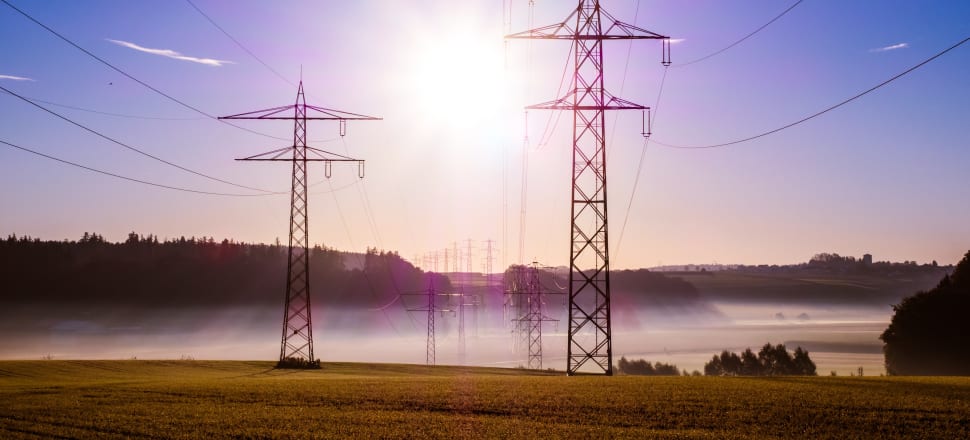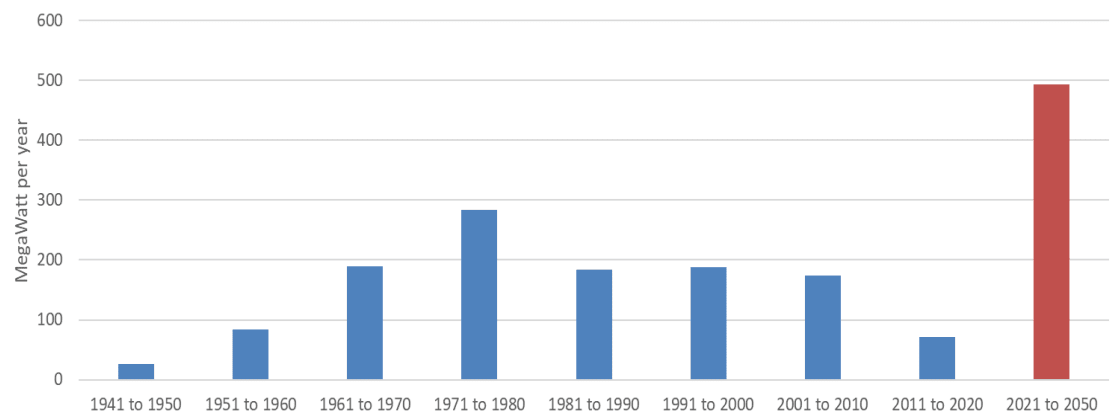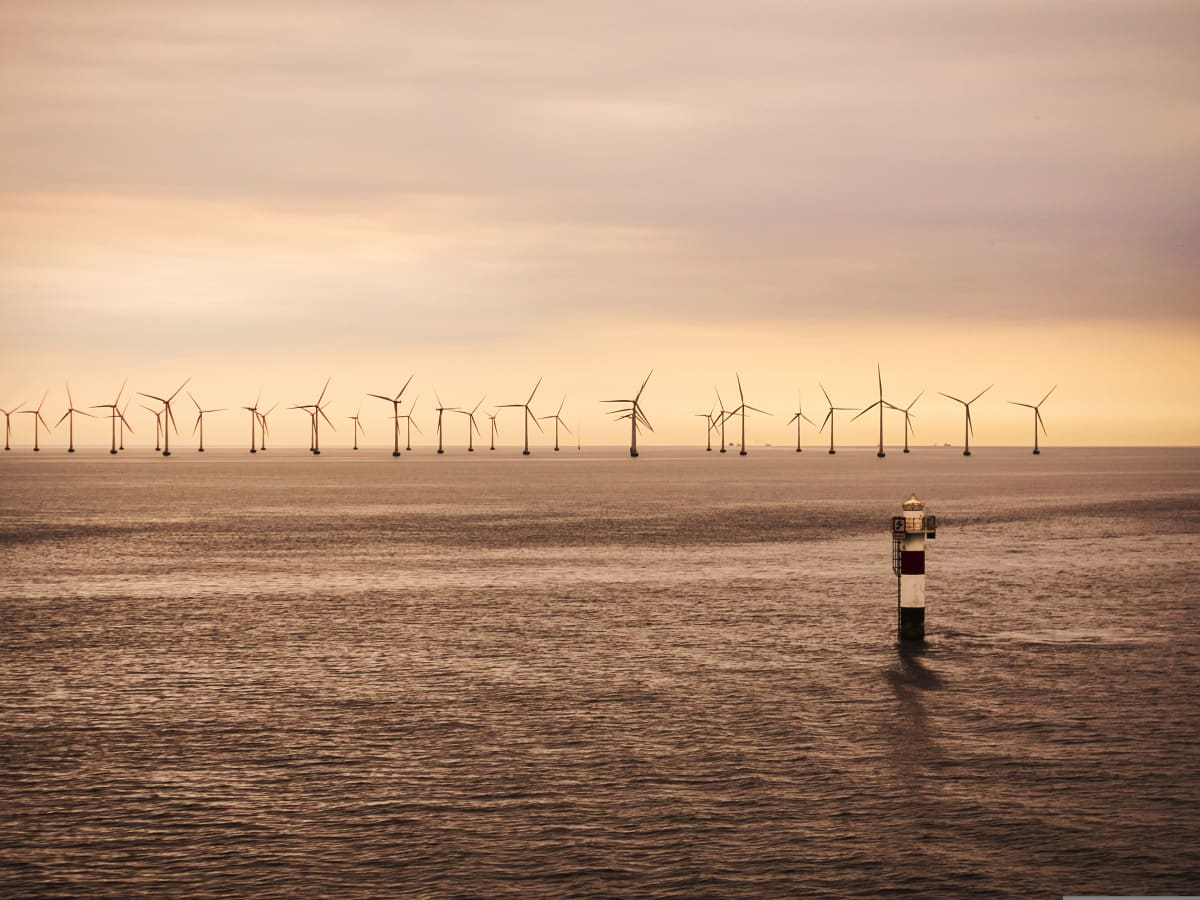
The New Zealand Energy Strategy is starting to take shape as the Government consults on how to transition to a highly renewable electricity system
In one of six consultation documents released on energy policy on Wednesday, Energy and Resources Minister Megan Woods has offered a peek behind the curtain at the Government's work to assemble a comprehensive and ambitious energy strategy.
Though the specific content of the strategy is sure to spark fierce debate between politicians and industry stakeholders alike, just about everyone agrees on the need for a plan like this. Decarbonising New Zealand will require a two-thirds increase in electricity generation by 2050, as well as additional new renewable power to displace what we're currently getting from fossil fuels.
READ MORE: * One-sided debate on NZ's energy future * How to electrify the economy before it's too late
Transpower says we need to build as much new generation by 2035 as we have since 1980. In other words, a Te Waihanga/Infrastructure Commission analysis of that figure suggests, New Zealand must build 494MW of generation each year until 2050, when the previous peak we reached in any previous decade was just under 300MW a year in the 1970s.
Average annual gross added electricity generating capacity

It's a massive transformation for our power sector and our wider economy, in a very short period of time. To ensure it goes as smoothly as possible, a consensus on the direction and pace of travel and the path to be taken is needed.
The energy strategy will cover just about every imaginable part of the sector, from green hydrogen to offshore wind to the phase down (or phase out?) of fossil gas. Anchoring the pathway, however, will be the build out of new renewable power, which was the focus of the longest of the six documents released on Wednesday.
"Measures for transition to an expanded and highly renewable electricity system" is the title of the 131-page document, which examines how to build more green power, ensure the wholesale market still works, coordinate the associated expansion of the national grid and local distribution networks, and incorporate distributed energy such as home solar panels into the mix.
Unlike the offshore wind consultation document, the renewable energy issues paper doesn't contain any decisions by Government. Instead it asks for feedback on a range of possible changes and seeks submitters' views on where there might be problems the Government hasn't considered.
Building out renewables
The first proposal in the paper is to incentivise the construction of new renewable generation.
Four options for doing so, which have been adopted to varying degrees overseas, are examined.
The first is contracts for difference, used in the UK and Germany among others, in which governments offer top-up payments to renewable developers whenever the wholesale price of power falls below a certain level. This gives developers certainty they'll sell their power at a minimum price and be able to recoup the cost of their investment.
Second, the paper looks at feed-in tariffs for small-scale generation. This covers the full cost of the power and the generator doesn't interact with the wholesale market at all.
Renewable energy certificates are the third option raised. These already operate on a voluntary basis in New Zealand, but if the Government were to require energy purchasers to achieve a certain level of renewable power usage it could raise the value of the certificates and bolster the revenue of renewable generators.
Finally, long-term power purchase agreements by large corporate or public buyers can similarly provide certainty to renewable developers about the price they'll receive for at least a proportion of their offtake.

Alongside renewable incentives, the paper looks at how the growth of renewables and the decline of fossil fuels might affect reliability of power supply and what can be done to ensure sufficient firming capacity. New Zealand's electricity market is energy-only, meaning suppliers are paid for the energy they generate in a particular time period. Elsewhere, capacity markets are tacked on to electricity markets, so generators are paid for being present and able to operate at a given time.
The Government isn't confident this type of measure is necessary.
"The implementation of a capacity market mechanism into New Zealand’s current energy-only market could be very disruptive, requiring considerable work to assess its efficacy and then to develop a workable design and implementation. Some recent reviewers of the New Zealand market have concluded that a capacity market is not required, and that the wholesale spot market is key in providing efficient incentives or signals for energy use and investment."
A report commissioned by major generators and lines companies from Boston Consulting Group last year recommended the Government consider a "Retailer Reliability Obligation" to ensure firming capacity. This obligation would be set by a regulator based on forecast demand, and electricity retailers would have to purchase capacity certificates from generators based on their anticipated load.
"A complication in considering such a mechanism for New Zealand would be the time scale that the capacity needs to operate on," the Government white paper suggested. "That is, whether an approach would need to factor in different types of capacities to meet the range of needs including peaking, calm, cloudy periods, and dry year needs, and how it would integrate or align with the outcome of the NZ Battery Project."
While one of the other papers released on Wednesday deals with a ban on new baseload fossil fuel generation, the renewables consultation document looks at the risks of sudden closure of existing fossil fuel plants. In Australia, for example, thermal plant operators must give notice three years before they close up shop (although they can apply for exemptions). The paper asks whether New Zealand should adopt a similar requirement.
Another option entertained here is the possibility of the Government operating a reserve fossil fuel plant to help if there is ever an energy shortage, as is done in Belgium and Germany. This is not dissimilar, the paper notes, to the Whirinaki reserve scheme which ran until 2009. Then, the Government owned the gas-fired Whirinaki station and contributed power when needed, but it ultimately ended up suppressing new generation investments by in effect capping power prices.
Growing the grid
For every new wind or solar farm built, a connection to the grid is needed. After many years of relatively little demand for upgrades to the grid, requests have spiked in just the past couple of years.
Transpower reports receiving 124 enquiries for new grid connections in the financial year ending 2022, double what it received the previous year and up from just five in 2018/19. The grid operator plans to spend 44 percent more in capex and 17 percent more in opex in the second half of this decade than in the first half.
Though the focus used to be on avoiding over-investment in the grid, the risk of under-investment to the decarbonisation mission is now considered greater, the paper suggests. Consenting is also an issue.
"We understand that it takes Transpower up to 7-10 years to build new transmission assets when taking into account the time required for planning, consenting, land access agreements, regulatory approvals and construction build. Long timeframes for new transmission investment can slow or hold up electrification or new renewable generation projects, risking delays in decarbonisation."

At a local level, lines companies are working out how to remove distribution-related barriers to new generation construction. Stakeholders told officials that costs for new connections are often a signifiant obstacle and that traffic management costs are sometimes unexpectedly high.
Also at issue is so-called first mover disadvantage. The company that builds a generation asset in an area pays up front for all of the transmission and distribution infrastructure needed to get that power to the national grid. Companies that come in later benefit from the infrastructure and don't have to pay as much for it, though the Electricity Authority issued a letter last year asking distribution companies to charge newcomers some money and rebate some to the first mover.
Still, "this direction does not fully address the first mover disadvantage described above because distributors can still allocate anticipatory capacity costs to the first mover until second and subsequent customers connect".
Other pricing models could make it more equitable to be the first mover. Another option is renewable energy zones, which bring together multiple developers and lines companies and the grid operator to agree to build out the infrastructure to a particular area to support several green power projects. This eliminates the first mover disadvantage and shares the costs and benefits more equally among participants.
Transpower is working on a potential national framework for renewable energy zones and consulted on a pilot zone in Northland last year.
Finally, the paper looked at the market for flexible energy services – controllable demand at a business or residential level or small-scale generation such as home solar. This is "immature", it concluded, with consumers generally not aware of the potential benefits of engaging in demand-side participation.
In theory, more widespread deployment of smart meters and smart technology in homes, including home batteries and two-way electric vehicle chargers that can pull power from cars in garages to smooth power peaks, will ameliorate the need for direct participation by people.
There is potential for the Government to step in to guide the sector towards a more distributed grid, the paper suggests, through informal means, national direction and regular updating of standards. It could also incentivise the adoption of home generation through feed-in tariffs as described above.
"The general view to date by government agencies has been that widespread financial support of roof-top PV has not been warranted, as grid scale renewables are typically lower cost than roof-top PV, and also lower cost than fossil fuelled generation. So, promoting rooftop PV would probably just displace commercial investment in grid-scale renewables," the paper suggested.
"However, local battery storage in New Zealand (which is usually coupled with solar PV) that is interoperable could play a useful role in enhancing system reliability – provided the system can continue operating when the grid is down."







